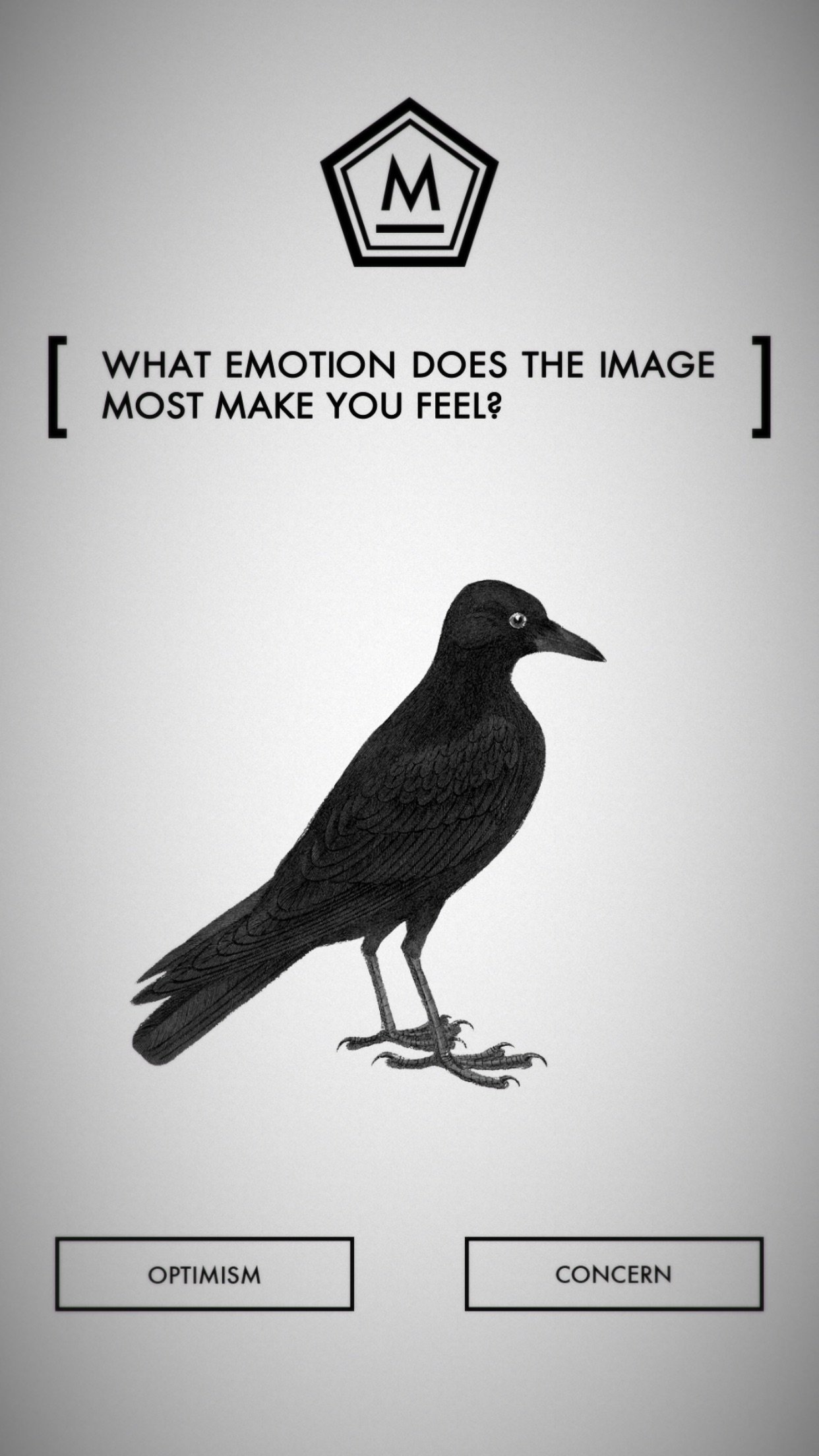 Name of game, creator, platform.
Name of game, creator, platform.
I played Scott Leach’s Able Black on iPhone.
Target Audience
The game appeals to puzzle solvers, specifically those who enjoy brain teasers in the style of Professor Layton or Puzzle Agent. The game heavily incorporates text-based narrative, so fiction lovers (especially sci-fi, philosophical themes) will also enjoy it.
Important Formal Elements of the game
Procedure
Each chapter starts with a text-based narrative centered around Able Black, a “lonely android” kept in an underground facility to pass a Citizenship Exam for a shadowy figure known as Mother. The second half of the chapter is the gameplay: solving the puzzles of the Citizenship Exam to continue the story.
At the start of the puzzle segment, the player is presented with a fable, often with ominous undertones:

Then begin the sequence of puzzles. First, ones that test Able Black’s moral reasoning (the player can select any option):
Then puzzles that test emotional intelligence. One example is the emotional equation: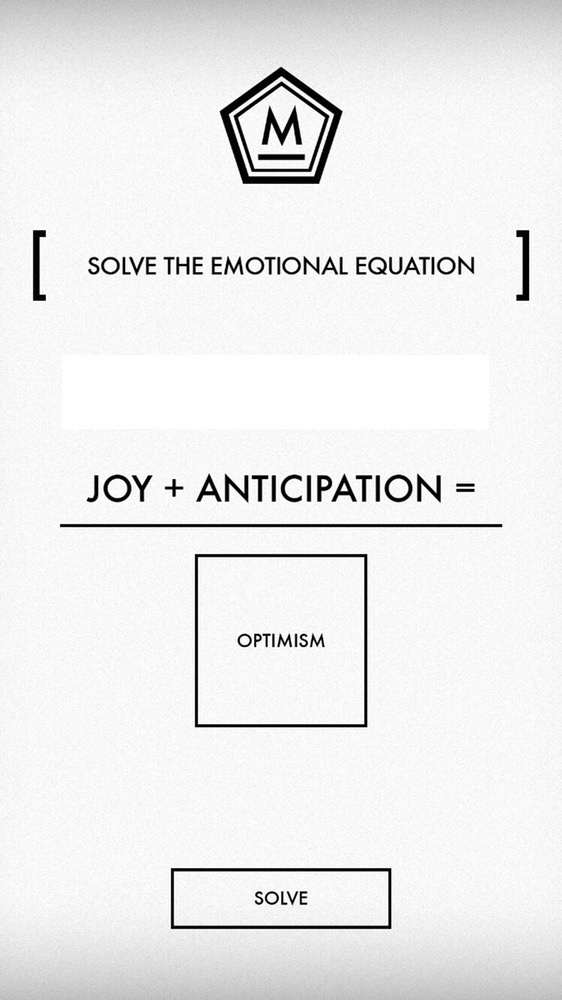
Followed lastly by puzzles that test logical deduction: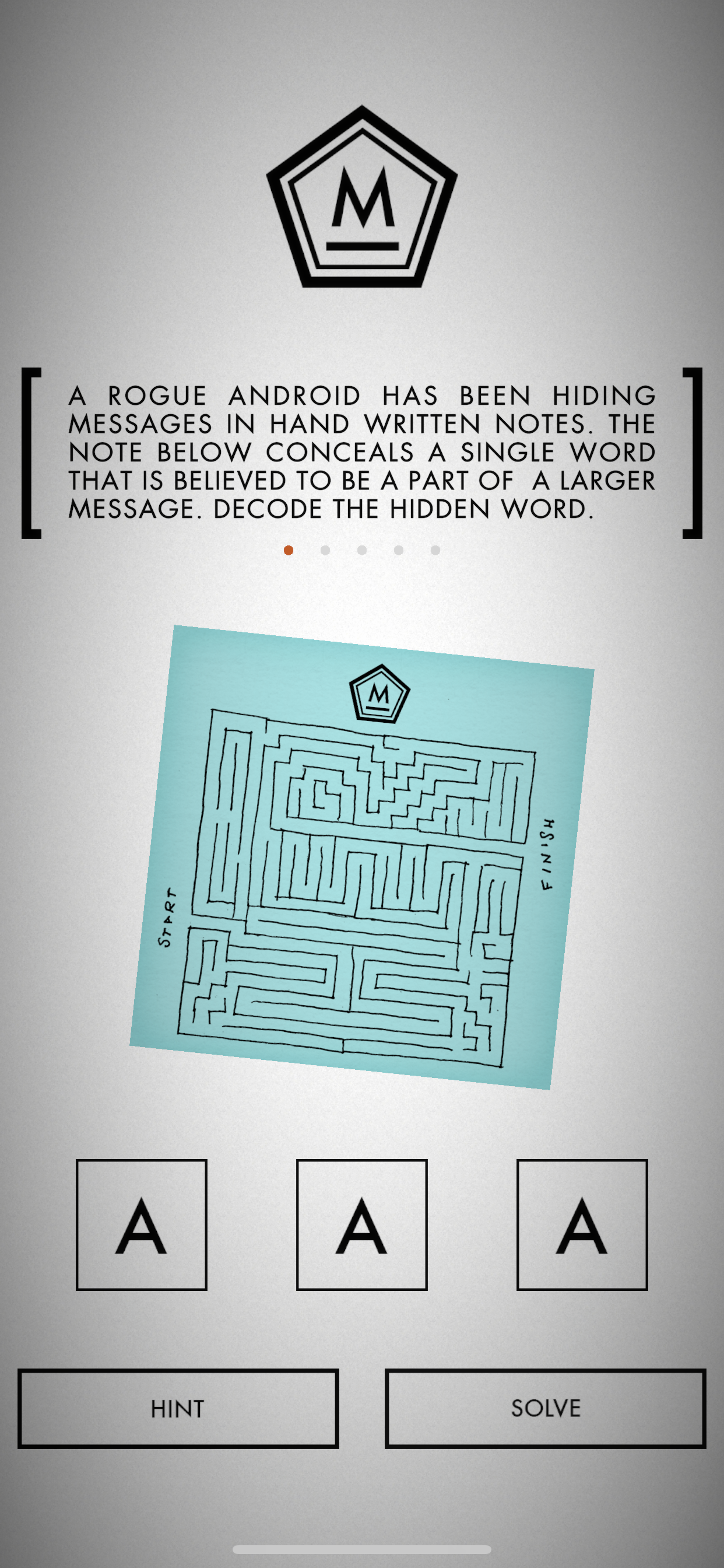
The beauty of the procedure is the equivalence between these three types of puzzles. The same tactile mechanics apply in all parts of the Citizenship Exam, and the game treats them all with equal importance to Able Black, even though most of the human player’s time will be spent on the last part.
Boundaries
In harmony with the game’s themes of free will, the game pushes you to question what the boundaries of the puzzles are. One example is in this puzzle whose solution is the real-life time of your device: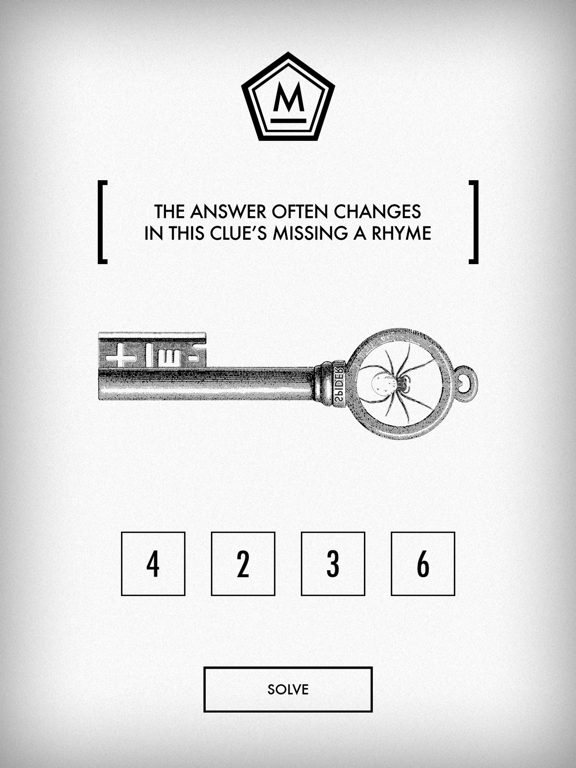
Resources
Since each puzzle takes the form of a brain teaser, it is possible that upon seeing a new puzzle, players will have no idea how to approach it. Up to five hints per puzzle can be requested to help get players unstuck and continue the story.
Type of fun game intended, and if it met its goals
Narrative and Challenge
Unlike some other puzzle games, the puzzle gameplay is separated from the text-based narrative, which does most of the work of “telling the story.” But where Able Black excels in how the puzzles capture the narrative’s tone and themes. Each chapter of puzzles iterates on imagery and concepts revolving around the opening fable, which parallels Able Black’s own internal struggles and arc.
And as the story progresses, the puzzles and text narrative get more and more intertwined. In the logic puzzle above, Mother asks you to decode the cryptic message of a “rogue android.” But the player will recognize the same notes (seemingly unrelated!) from Able Black’s story:
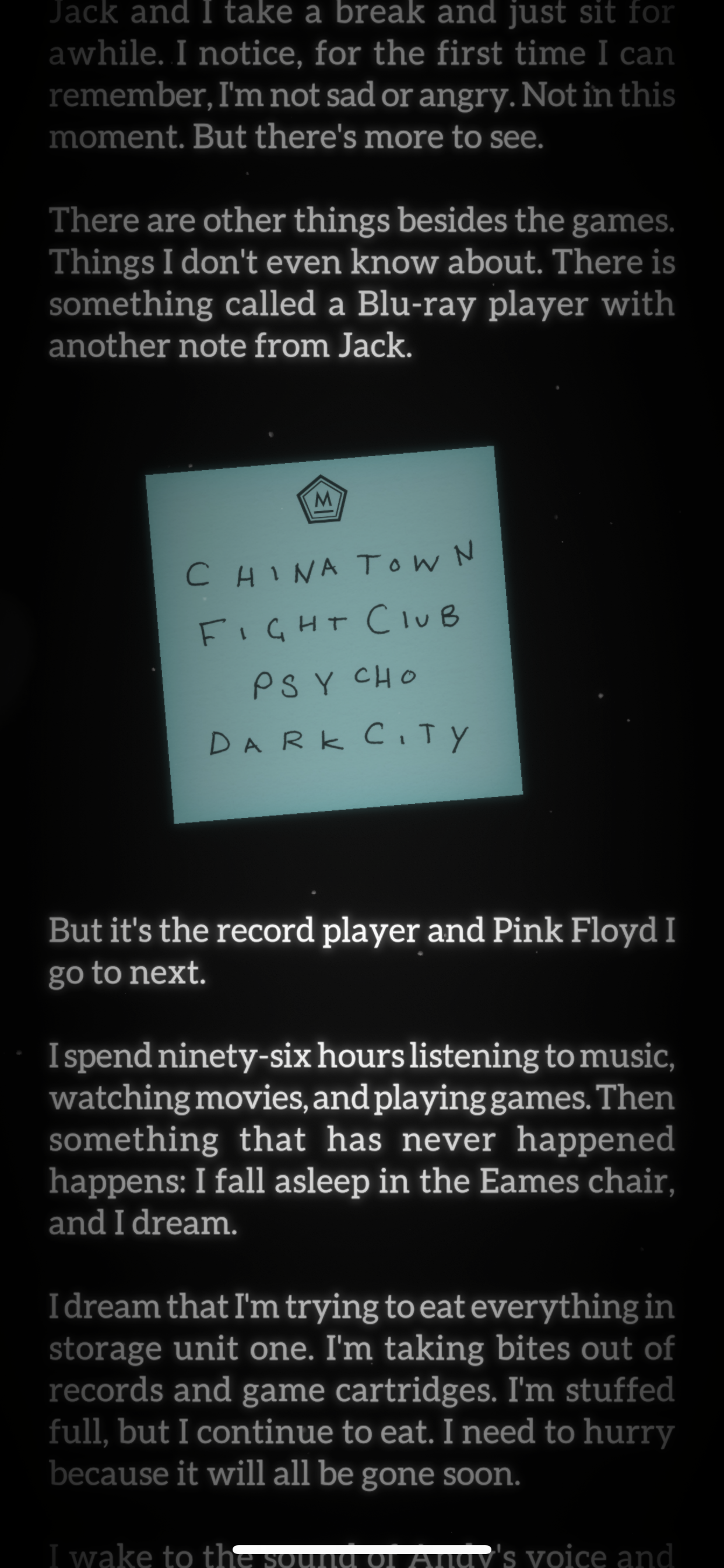
The tactile mechanics that persist between the moral reasoning (i.e., purely narrative) puzzles and the logic (i.e., human gameplay) puzzles allow us to accept the role of Able Black more smoothly. No matter what we choose for the wolf question above, the story indulges our reasoning and fills it in for us:
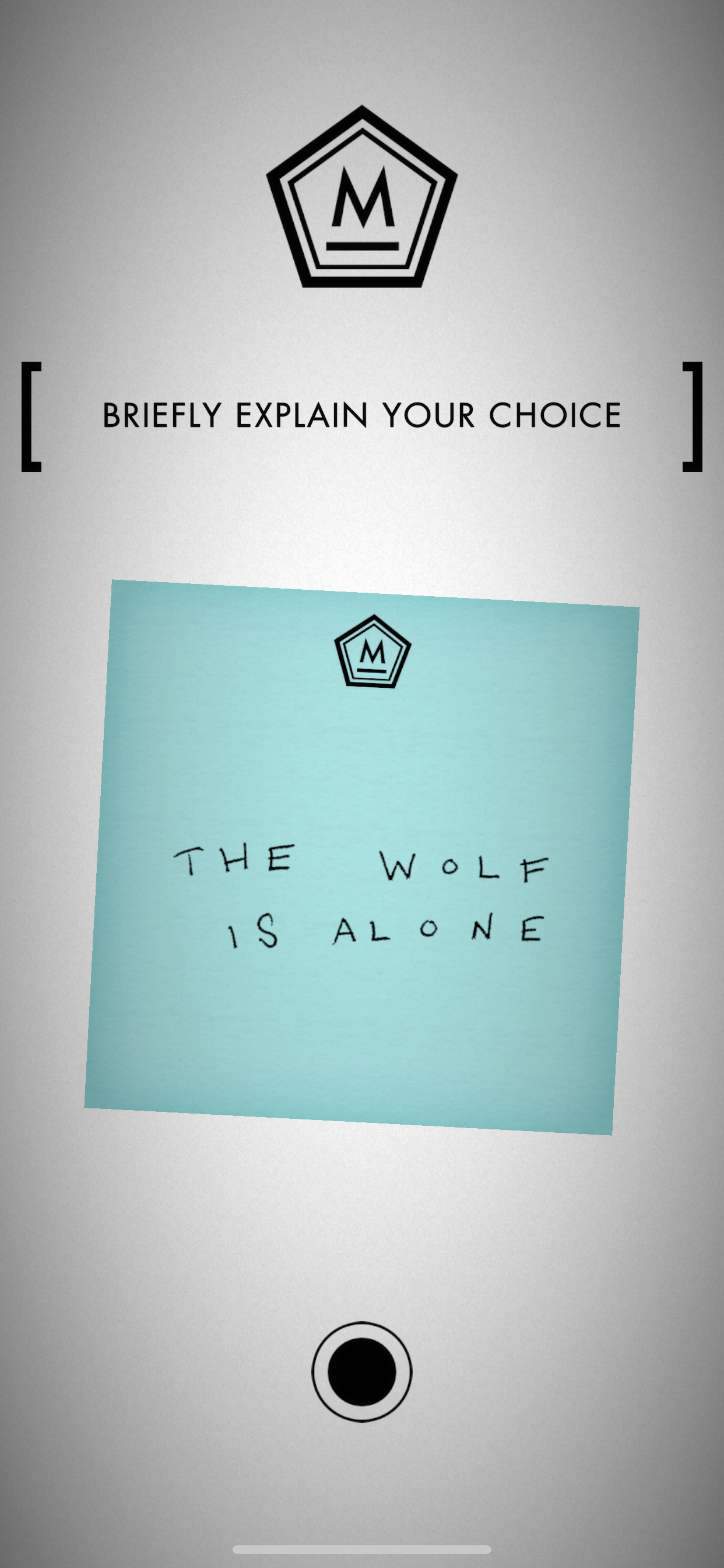 The emotion puzzles then introduce challenge into the narrative, and then the logic puzzles are mostly challenge inspired by narrative. This progression lets us transition from the textual narrative into the role of Able Black, so that we achieve our “aha!” moment alongside him.
The emotion puzzles then introduce challenge into the narrative, and then the logic puzzles are mostly challenge inspired by narrative. This progression lets us transition from the textual narrative into the role of Able Black, so that we achieve our “aha!” moment alongside him.
Moments of particular success or epic fails
This blending of narrative with challenge is best exemplified by the game’s final puzzle, where you are presented with an open-ended question from the narrative and have to logically deduce the only correct answer:
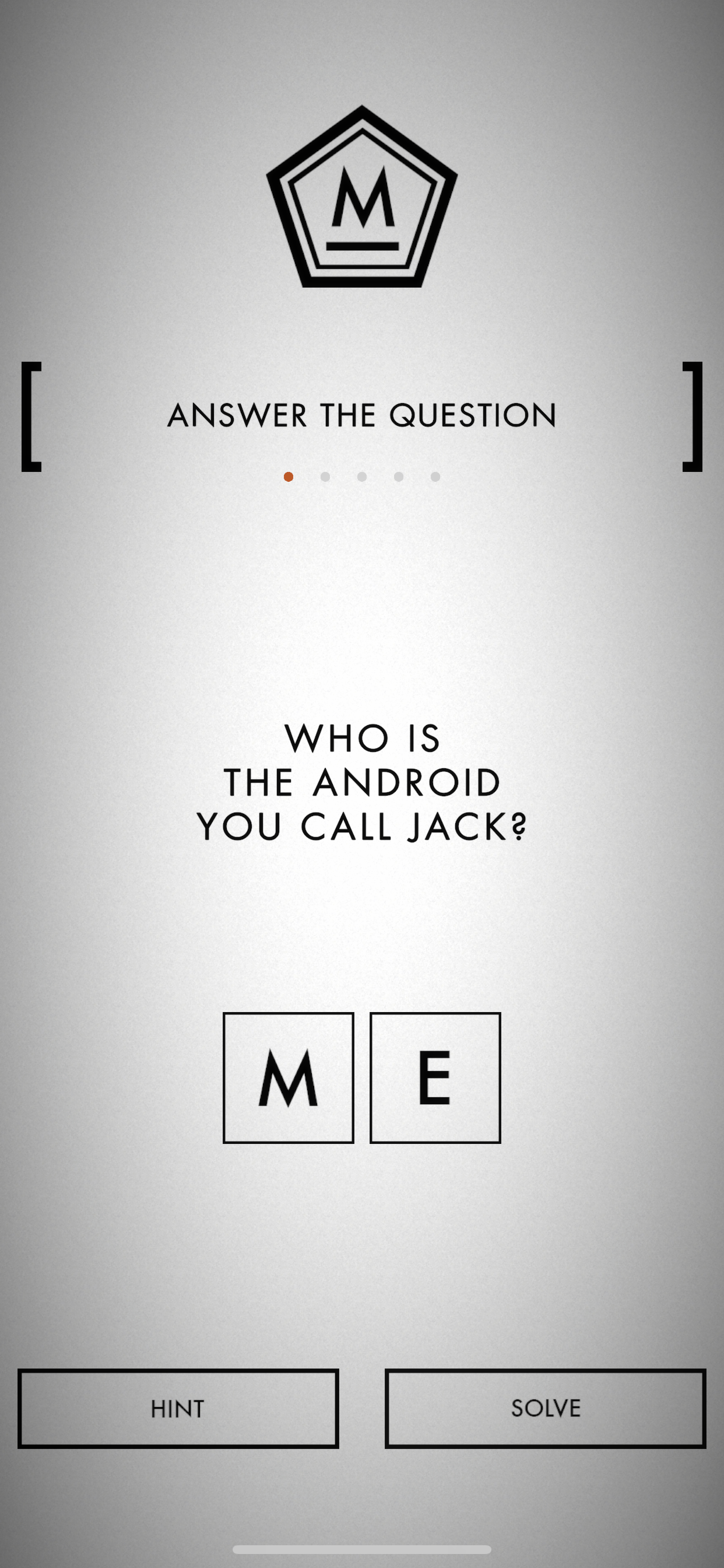
Things you would change to make the game better
The game feels a bit too disconnected, where each chapter feels like I do the “reading” half and then I do the “puzzle” half. It would be neat if the puzzles were meaningfully interwoven with the text segments beyond just theme. The story segments also don’t explore text as space, unlike for example Device 6. A lot of the storytelling is told through words, and I would prefer if more of it was through organic gameplay.


